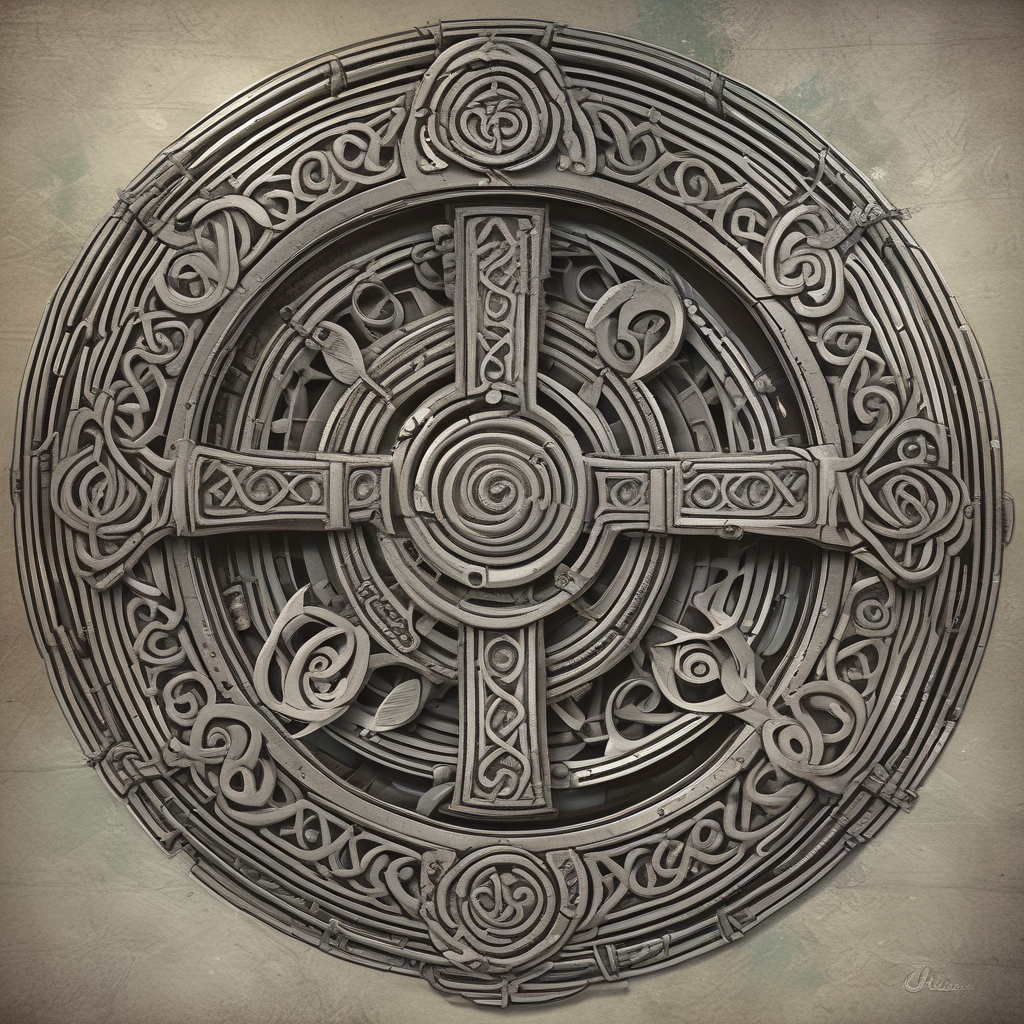The Symbolism of Triskeles in Celtic Mythological Beliefs
Understanding the Triskele Symbol
In Celtic mythology, specific symbols hold profound meanings that go beyond their aesthetic appeal. The triskele is one such symbol that plays a significant role in Celtic beliefs. The triskele, often referred to as the triskelion, is a motif consisting of three interlocked spirals. This symbol is found in various Celtic artifacts, indicating its importance in their culture and spiritual practices.
Symbolic Meanings Associated with the Triskele
The triskele symbolizes several critical concepts in Celtic mythological beliefs. Firstly, it represents motion, emphasizing the dynamic nature of life and the interconnectedness of past, present, and future. The movement depicted by the spirals is thought to symbolize progress, growth, and development on a spiritual level.
Moreover, the triskele is linked to the concept of triplicity, which was significant in Celtic belief systems. It often represents the three realms of land, sea, and sky, or the triple aspect of deities such as the Triple Goddess in Celtic mythology – reflecting aspects of maiden, mother, and crone.
Historical Significance of the Triskele
The triskele has been found in various archaeological sites throughout Celtic regions, showcasing its historical significance. It is believed that the Celts imbued this symbol with magical and spiritual meanings, using it in rituals, ceremonies, and as protection against malevolent forces.
Furthermore, the triskele is also associated with eternity and the cyclical nature of life, death, and rebirth, reinforcing its importance in Celtic beliefs surrounding the interconnectedness of all things in the universe.
Modern Interpretations and Cultural Impact
Today, the triskele continues to hold significance for those interested in Celtic mythology and spirituality. While its exact meaning may vary slightly depending on individual interpretations, the core symbolism of movement, triplicity, and cyclical patterns remains prevalent.
From jewelry to tattoos, the triskele can be seen in various forms, often worn by individuals seeking a connection to Celtic heritage or a deeper understanding of universal truths. Its enduring presence serves as a reminder of the rich cultural tapestry of the Celts and their enduring spiritual legacy.
In conclusion, the triskele symbol in Celtic mythological beliefs represents more than just an intricate design; it encapsulates profound concepts of interconnectedness, spiritual growth, and the cyclical nature of existence. Its symbolism continues to resonate with individuals seeking a deeper connection to ancient wisdom and spiritual truths.

FAQ About The Symbolism of Triskeles in Celtic Mythological Beliefs
What is the triskele symbol in Celtic mythology?
The triskele, often depicted as three interlocking spirals, is a symbol that represents motion, progress, and cycles in Celtic mythology. It is believed to symbolize the interconnectedness of earth, water, and air, as well as the concept of life, death, and rebirth.
What significance does the triskele hold in Celtic beliefs?
In Celtic beliefs, the triskele is thought to signify eternal life, the journey of life, death, and rebirth, as well as spiritual growth and transformation. It embodies the idea of continuous movement and progress in both the physical and spiritual realms.
How is the triskele symbol used in Celtic art and culture?
The triskele symbol is commonly found in Celtic art, jewelry, and architecture, showcasing its importance in Celtic culture. It is believed to ward off negative energies, bring good luck, and protect the wearer or the space where it is depicted.


